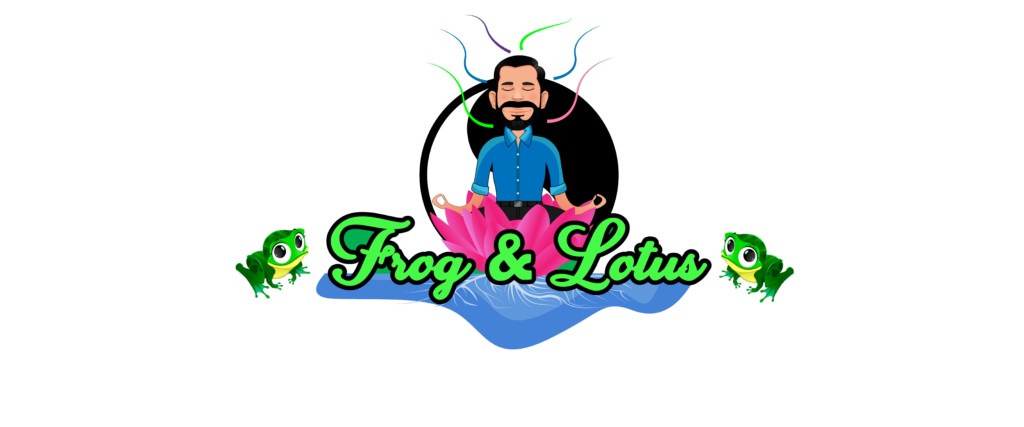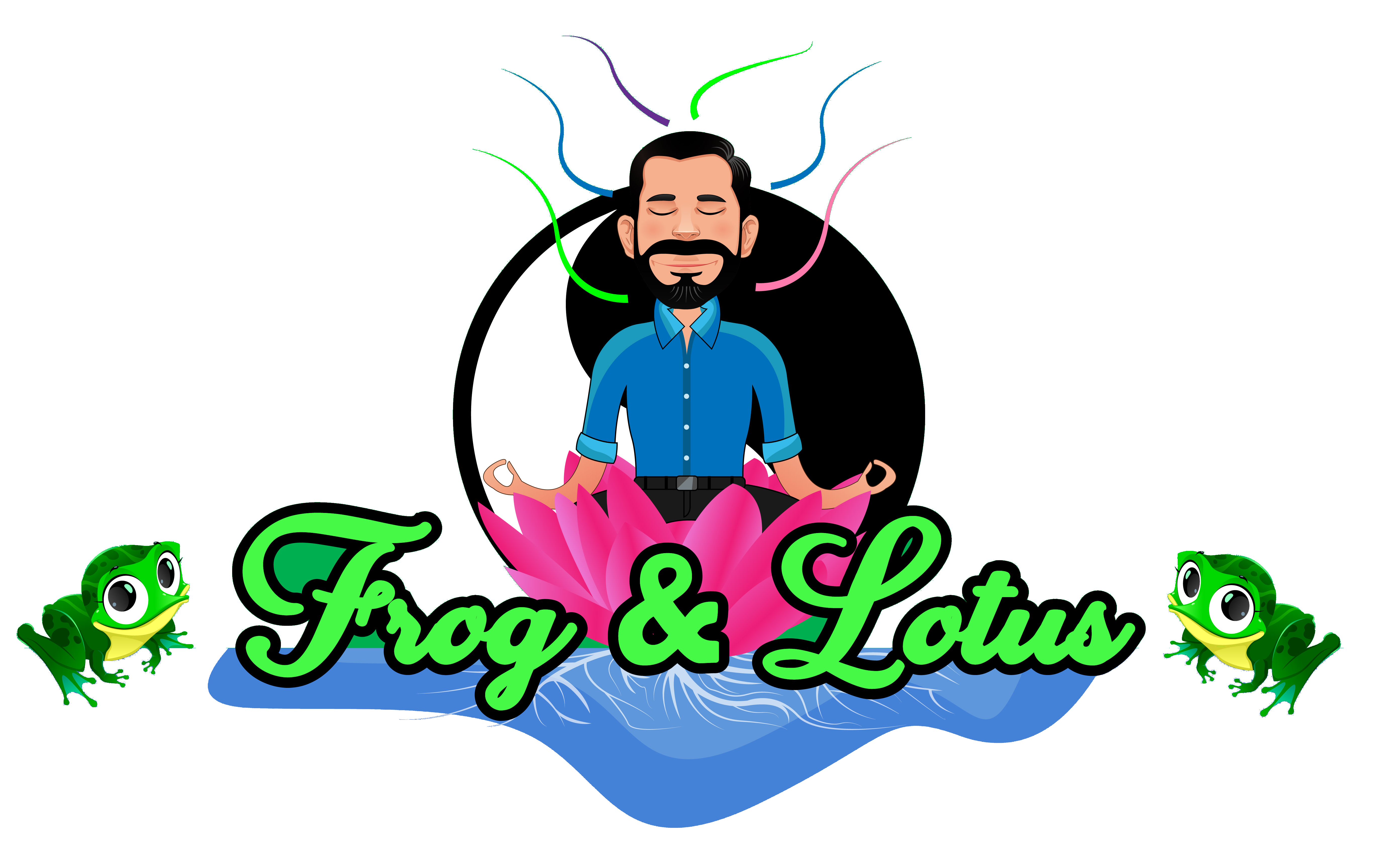If love and fear are just parts of the whole, then why do the emotions associated with love feel pleasant and those that come out of fear feel uncomfortable? Humans are certainly motivated by moving towards pleasure and moving away from pain. Oneness aside, love is pleasurable and fear is painful.
In his book, Power vs. Force, author David Hawkins, M.D., Ph.D. describes how he uses the science of kinesiology to calibrate the truth of a simple yes or no question. He provides the definition of kinesiology as, “the study of muscles and their movements, especially as applied to physical conditioning.” Hawkins goes on to explain research experiments conducted that reveal answers to yes/no questions based on the muscular responses of a participant when exposed to such questions. The studies suggest that a truthful statement will cause an individual’s tested muscles (in the arm) to display a strengthening when exposed to truth. In this case, he says that the muscles “go strong.” When a statement is untrue, the opposite occurs and the muscles “go weak.” Check out the book if you are interested in more detail; it’s fascinating.
Hawkins takes these muscular reactions to truth and falsehood and applies them to worldly affairs, including markets, politics, sports and wellness, but the majority of the book focuses on states of human consciousness. Using the kinesiology testing method for evaluating truth, Hawkins has created a scale of the states of consciousness from 1 to 1000. The lowest levels on the scale represent the “weak” states of consciousness with shame, guilt, and apathy, while the highest levels on the “strong” side are joy, peace and enlightenment. A Google search on “Power vs. Force Map of Consciousness” will reveal many versions of this scale and also show that this topic has been widely discussed and written about.
What I find so intriguing about the map of consciousness is what happens at the neutral point where the scale changes from weak to strong. It turns out that courage, (level 200), is what bridges the threshold between weak states of consciousness and the strong ones. Below courage are the weak states which all represent fear-based emotions: guilt, shame, apathy, grief, fear, desire, anger, and pride. All of these states of consciousness require attachment to the ego and belief in separation. Recall from yesterday that A Course in Miracles calls separation a “detour into fear.” As I read through the words that describe these weak states, I can actually feel my own body “go weak.”
Yet, on the other side of courage we find neutrality, willingness, acceptance, reason, love, joy, peace, and enlightenment. These are the strong states, and for me, just reading these words feels much better than the words on the negative end of the spectrum. On this side of courage, love is apparent, and the ego is not necessary.
When we recognize oneness, it is easy to experience the positive states of consciousness. Elevating one’s state of consciousness is our purpose. It is the path to personal mastery and the hero’s journey. We can all strive to live in a positive state and all it takes is courage in order to step across the threshold.
Photo by Dalton Touchberry on Unsplash


